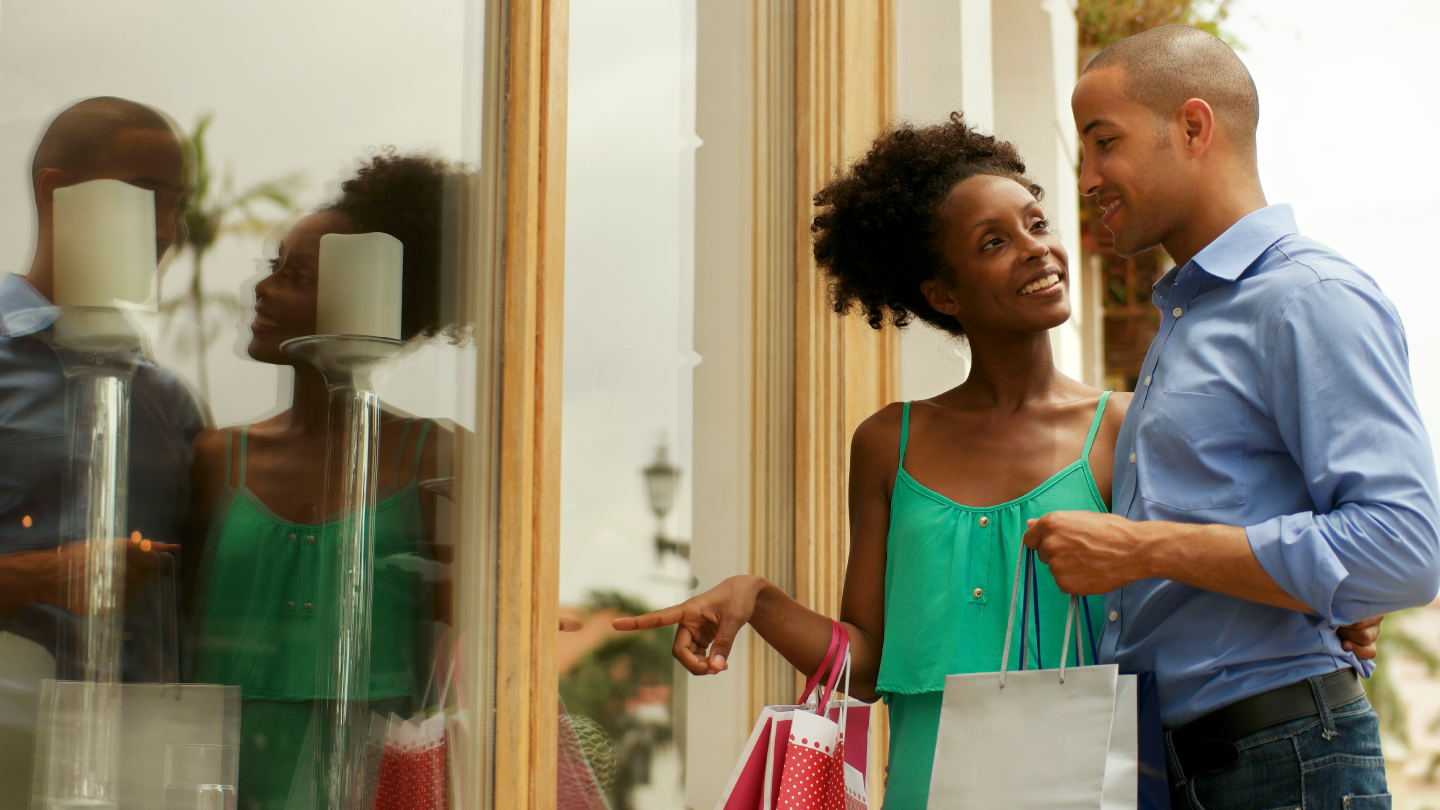Has Window Shopping Become Less Interesting?

Are our high streets becoming less of an attraction and how is this affecting footfall? We've all heard about the rise of online purchases but according to the UK’s Office for National Statistics these still account for only 17.3 percent of retail sales? What percentage of sales are spontaneous? You see it and you have to buy it.
Some friends of ours have just returned from a holiday in Italy with a number of such purchases. As they tell the story, they made a day trip to Lucca, and there, among craft beer outlets, ice cream parlours and a cafe that sold the best pizza they had ever tasted, discovered an art gallery where they purchased a watercolour, fabulous leather stores where they bought a wallet and pencil case and shoe shops where suede shoes were on the list. 'We hadn't gone there with the intention of buying anything and I don't know to what extent it was the ambience' recalled my friend, 'but everywhere we looked there was something we wanted to buy!'
Now Lucca is a tourist attraction and may be regarded as an exception in that tourists seek it out, but the fact remains that footfall drives spontaneous purchases. So why do people visit our high streets and malls and are they becoming less likely to do so? Is it because it is easier to buy via the Internet or is there another, more fundamental reason? Are our high streets becoming less attractive? Do people no longer have a local bank branch to visit, for example, or are the remaining retail outlets not of the type to encourage window shopping?
I recently came across an analysis of our changing high streets (BBC, 15 June) and the winners and losers as the retail market continues to evolve. The winners include barbers, beauty salons, vaping shops, coffee shops, tattoo parlour and funeral directors. Apart from coffee shops the others do not involve frequent visits and hardly stimulate window shopping.
Meanwhile the major losers in terms of closed outlets included pubs, women's clothing shops, newsagents (always good for a browse), fashion shops, gift shops, shoe shops and estate agents.
So, what does this mean for remaining outlets on our high streets? There is an upside. Digital technologies deliver more marketing opportunities that can attract customers and increase their spend and there are ways you can make store visits more attractive.
You can't rely on others to drive footfall but there are innovative ways in which you can deliver high levels of customer service and lower costs in a changing and more challenging environment. We have previously spoken of the new types of store where innovative technologies are attracting customers and driving sales.
Meanwhile, Glory is working with clients worldwide to ensure they meet customer demands in a cost-effective manner. Retailers are able to achieve competitive advantage in the back office and to improve service at the point of sale.
As stores seek to make their offer more attractive and thereby increase footfall as well as total spend of existing customers, improvements in the way they process cash payments can make a difference. While back office automation frees up staff and potentially allows more space to be dedicated to merchandise, point of sale automation delivers better customer experience. As the nature of the high street changes, you cannot rely on others to attract passing trade. You need to be proactive, ensuring you’re delivering the experience your customers want. Automating the way you process cash represents an important development in enabling change in the physical store.